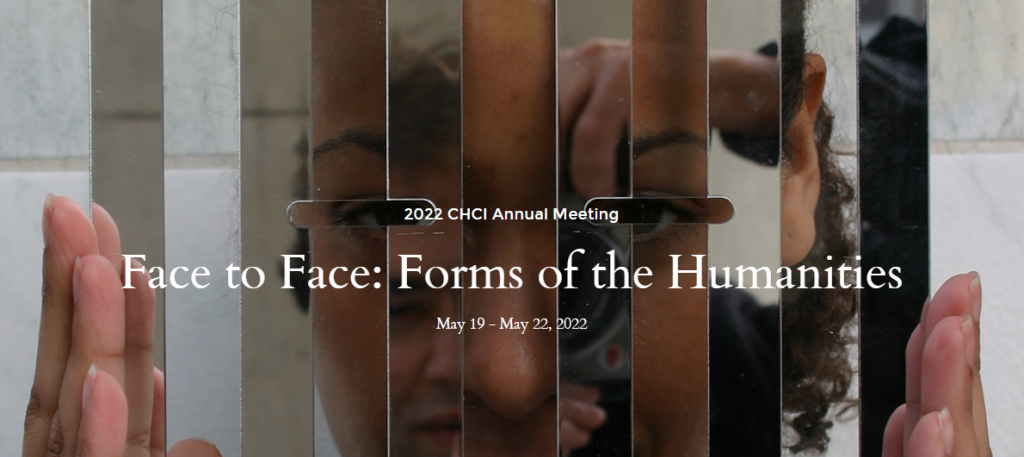Over the last couple of years, our institutes and universities have pivoted all over the world to online technologies for our events, collaborations, meetings and communications. The newly dominant technologies have done much to change our current understanding of a face, just as the invention and use of photography, of the close up in cinema, of the smartphone and facial recognition, of the television newscaster, and of the shifting nature of portraiture, icons and masks have done so in the past. These various technologies of the face, that are indicative of the idea of the front and the back, of an idea of the eyes as the mark of the front, have often been seen as indexed to the human, to identity, or to anthropomorphism. Fields in the humanities have addressed this by considering the emergence of face as prosopopoeia, as the instantiation of aesthetic symmetry par excellence, and as figuration.

This conference will ask, what is a face? And what is the form of a face? How does the face index the human? Do non-human animals have faces? What scale of relationality is implied in the phrase, face to face? And how does the metaphysics of presence—the suggestion of an entity behind the face or through the window of the eyes—relate to a politics of recognition? If one can be known through the face, then how does knowledge function in the instance of no face, of the acousmatic, the face in shadow, the masked or veiled face, the fugitive face, the face as surface. In considering the philosophical implications of linguistic differences and untranslatable figurations of the face, we will address how the rocky face of a mountain, the façade of a building, the face of the earth, the face of the divine also demand an analysis of scale, a dimension of height, and an ethics of relationality.
ISC Member, the Consortium of Humanities Centers and Institutes (CHCI) will address these questions concerning form and face also through a consideration of what kinds of forms are currently appropriate to humanities research, collaboration, and presentation. What are the implications of the changing technologies of face for notions of human, non-human, and posthuman; environment, infrastructure, and communicability; public face and interface? How do the changing technologies of face historically shape the manner in which we conceive of humanities research, its presentation, and its historical and geographical depth?
Photo by Ryoji Iwata on Unsplash
